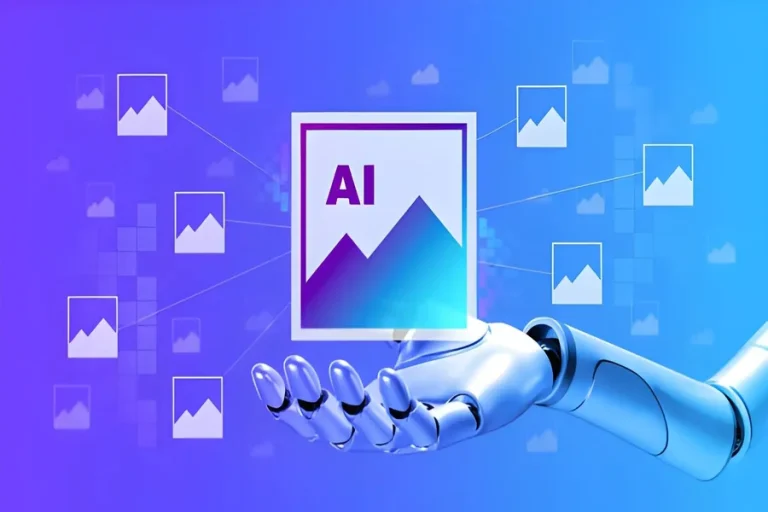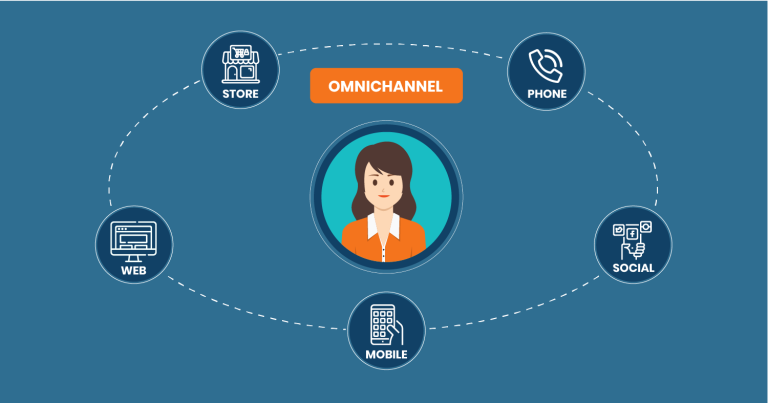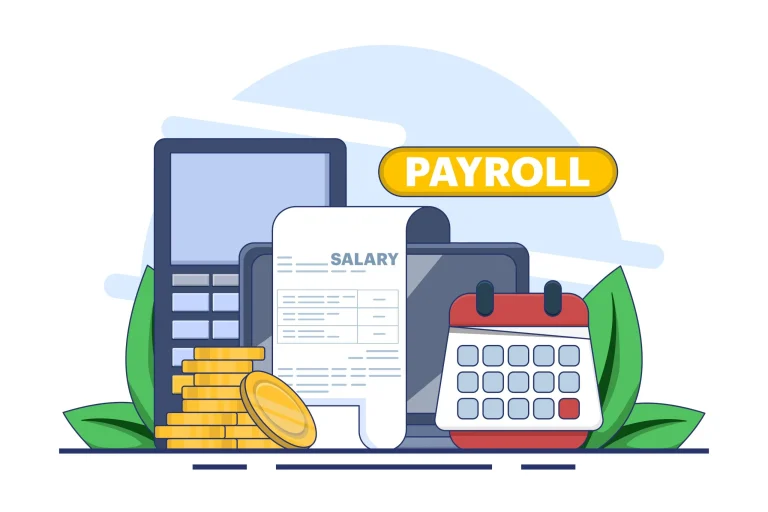
What are the Basic Elements of Technology Based Arts?
*** What are the Basic Elements of Technology Based Arts? *** The basic elements of technology-based arts include digital tools, software, and interactive media. These elements enable artists to create innovative, dynamic works.
Technology-based arts represent a fusion of creativity and digital innovation. Artists use software, digital tools, and interactive media to produce unique visual experiences. From digital painting to 3D modeling and virtual reality, technology expands artistic possibilities. These tools allow for precision, experimentation, and new forms of expression.
Artists can reach global audiences through online platforms, making art more accessible. Understanding these basic elements is essential for anyone interested in modern art forms. Technology-based arts continuously evolve, pushing the boundaries of creativity. This dynamic field offers endless opportunities for artists and audiences alike.
Introduction To Technology-based Arts
Digital art started gaining attention in the late 20th century. Artists began using computers to create unique works. These artworks were different from traditional paintings and sculptures. Digital art includes animations, 3D models, and interactive pieces.
Computers and software became the new tools for artists. This allowed for greater creativity and experimentation. Many artists explored new styles and techniques. The digital world opened up endless possibilities.
Technology-based art plays a big role in today’s culture. It influences movies, video games, and advertisements. Digital artists work in many fields, creating content that we see every day.
These artworks connect with people in new ways. They can be shared and experienced globally. Technology makes art more accessible to everyone. This has changed how we view and appreciate art.
Core Elements Of Digital Art
Digital tools are essential for creating digital art. These tools include tablets, styluses, and graphic design software. Tablets like the iPad and Wacom are popular choices. Styluses help artists draw precisely on digital devices. Graphic design software provides various features for artists. Adobe Photoshop and Corel Painter are well-known examples.
Software platforms enable the creation and sharing of digital art. These platforms offer different features. Some are free, while others require a subscription. Popular platforms include Adobe Creative Cloud and Procreate. Each platform has its unique tools and capabilities. Choosing the right platform is important for artists.
Integration Of Multimedia
Technology based arts use audio-visual components. Artists combine sound and images to create engaging works. These components make art more dynamic and interactive. Music, videos, and sound effects are common tools. They help tell a story or evoke emotions. Different tools like projectors and speakers are used. These tools make the experience immersive.
Interactive installations are a key part of technology-based art. Viewers can engage directly with the art. This makes the experience more personal and memorable. Sensors and computers are often used. These tools let the art respond to touch, sound, or movement. Artists use these elements to create a dynamic environment. The art changes based on the viewer’s actions.
Role Of Algorithms
Generative art uses algorithms to create unique designs. Artists write codes to generate patterns. These patterns are often surprising and beautiful. The process can produce infinite variations. Each piece is unique and cannot be exactly repeated. This makes generative art exciting and fresh.
Data-driven art uses real-world data. Artists turn data into visual art. This can include graphs, charts, and interactive displays. Data-driven art helps people understand complex information. It makes data more engaging and fun to look at.
Virtual Reality And Augmented Reality
Virtual Reality (VR) and Augmented Reality (AR) create immersive experiences. VR places users in a completely virtual environment. Users can explore this digital world. AR overlays digital elements in the real world. This blend creates a unique experience.
Artists use VR and AR for interactive installations. These tools allow for innovative storytelling. Viewers can engage with art like never before. VR can simulate historical art settings. AR can bring static paintings to life. This technology makes art more accessible and engaging.
Impact Of Social Media
Social media significantly influences technology-based arts by fostering creativity and collaboration. Key elements include digital tools, virtual platforms, and interactive mediums.
Online Exhibitions
Artists now share their work online. Social media platforms allow artists to reach a global audience. Online exhibitions give artists a wider reach. Fans can view art from anywhere. This has changed the way art is consumed. Virtual galleries are now popular. They offer a new way to experience art. People can enjoy art without leaving their homes.
Global Reach
Social media connects artists worldwide. Art can travel beyond borders easily. This helps artists to gain international recognition. Cultural exchange happens through these platforms. Artists learn from each other. This builds a global community of artists. Collaboration becomes easier. Artists from different countries can work together.
Challenges In Digital Art
Digital artists face copyright issues often. Unauthorized use of artwork is common. Protecting digital art is hard. Finding stolen art can be tough. Legal actions can be expensive. Artists need to be careful. Watermarks and signatures help protect art.
Preserving digital art is a challenge. Technology changes quickly. Old formats become useless. Digital files can corrupt. Backing up work is important. Cloud storage helps save art. Regular updates are crucial. Artists need to plan for the future. Digital art can last forever with care.
Future Trends In Technology-based Arts
AI helps artists create amazing new works. It can generate ideas and assist in drawing. Computers now create music and paintings. AI learns from famous artworks to make new art. This excites many artists and art lovers. AI can even write poems and stories. Some artists use AI to explore new styles. Others use it to save time on their projects. AI makes art more accessible and fun.
Blockchain helps keep art safe and authentic. It records who made the art and who owns it. Each artwork gets a unique code. This code proves its value. Artists and buyers trust blockchain. It stops fake art from spreading. Blockchain also helps sell art online. Buyers feel secure and confident. It makes the art world fair and open.
Conclusion
Mastering the basic elements of technology-based arts can elevate your creative projects. Understanding tools, techniques, and platforms is crucial. Embrace innovation and stay updated with trends. The fusion of art and technology offers endless possibilities. Keep experimenting, and let your creativity shine in this dynamic field.





